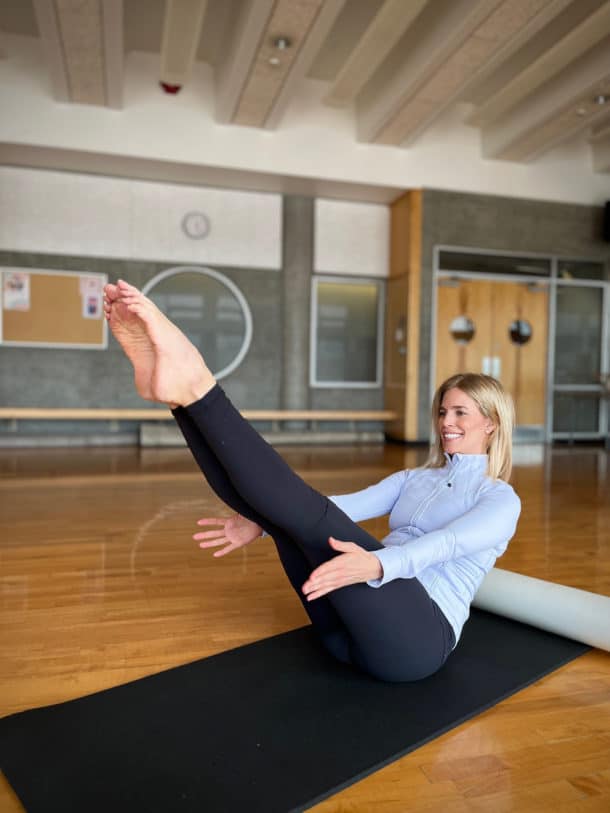Develop a digital care plan to manage your health.
There are so many new ways and digital health resources to help you manage your own health. If you’re not currently under the care of a physician, you might be wondering how to develop a digital care plan.
The process below will guide you through the steps to ensure you get timely care and reduce your health risks. It’s good for you and good for your wallet.
Getting started with a digital care plan
1/ Schedule your labs
Lab tests help you establish a baseline and detect issues such as nutritional deficiencies, changes in your hormones, organ malfunction, cancer, infections and stress.
Depending on where you live and/or your insurance coverage, you may need to get a physician referral for labs if you don’t want to pay out-of-pocket for the tests. Lab providers will often tell you what you need when you schedule your appointment. Be sure to request a copy of your results.
2/ Telehealth consult
If you need a physician referral for labs a Telehealth consult is the perfect way to get it. Requesting a full set of labs is a good way to establish your relationship with a new provider or one that you haven’t seen in a while.
When you receive your lab results, review them. Then book a Telehealth appointment to review them with your doctor. Discuss all results outside the stated reference ranges so that you know how to modify your lifestyle, supplements and/or medications to improve your health.
3/ Update your vaccinations
Schedule another Telehealth appointment to review your vaccination history and discuss new vaccinations with your doctor. Vaccinations are an important part of reducing your health risk for infections beyond the annual flu.
Vaccinations need to be ordered by your doctor but can be administered by a pharmacist. Depending on your health coverage, you may need to pay for some out-of-pocket but the protection is worth it.
4/ Check your moles
There are a variety of free digital health tools to help you keep an eye on your moles and even diagnose cancer. If you notice changes, book an in-person appointment with your physician or a dermatologist for follow up care.
5/ Check your eyesight
There are free digital health tools to assess your eye sight at home. Changes in your vision can effect your balance and mobility which are essential for maintaining good health.
If you notice changes, consult an optometrist or ophthalmologist for new lenses and other treatments to restore your vision. A physician referral is generally not required but services may not be covered by your health plan so budget accordingly.
6/ Other tests [colonoscopy, bone density, mammogram, prostate]
Fifty is the age for most when additional tests for early detection of cancer and osteopenia are recommended. If you haven’t already completed or discussed the tests with your doctor, book a Telehealth appointment to do so. The tests are typically covered by your health plan to encourage you to complete them. Treatment is less invasive and less expensive with timely diagnosis.
7/ Check your teeth
Digital health tools are coming soon to dentistry but for now, schedule regular check ups with your dentist. Your oral health is a reflection of your general health.
Contact Us
We're interested in partnerships with brands that share our interests and values.
Create a Free Account
Receive weekly emails with workouts, tips & offers to help you live more vibrantly.



